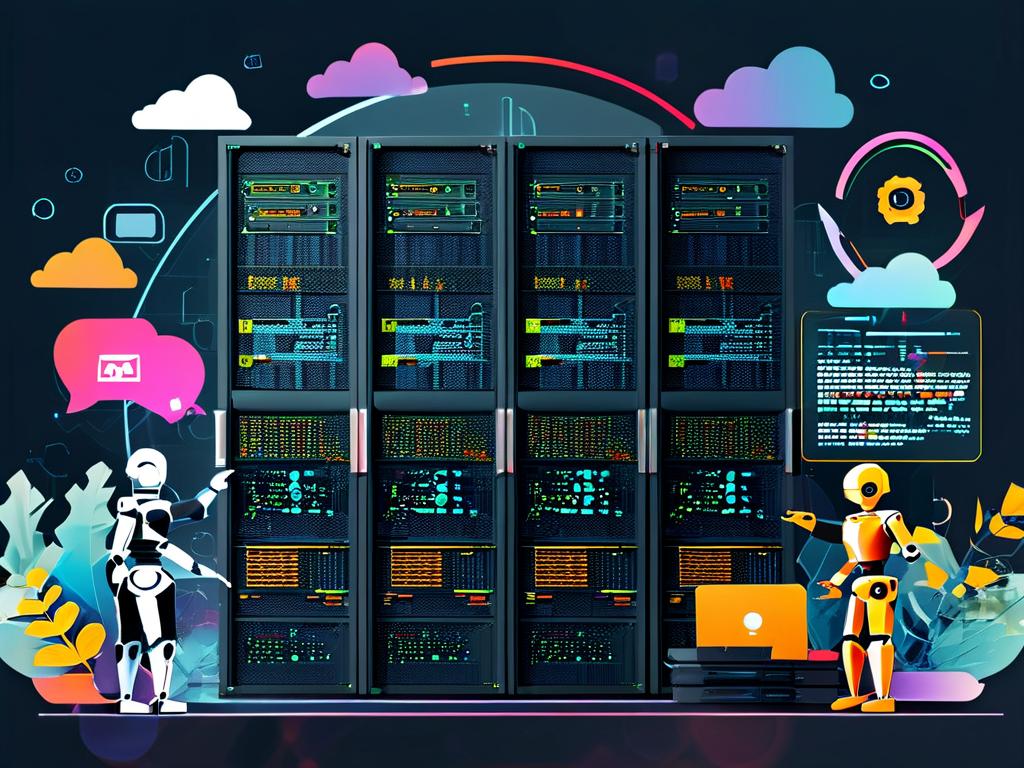In today’s fast-paced software development landscape, the demand for rapid iteration and reliable delivery has made automated integration and automated deployment indispensable. These practices streamline workflows, reduce human error, and ensure consistency across development, testing, and production environments. This article explores their core principles, implementation strategies, and real-world benefits.

The Foundation of Automated Integration
Automated integration, often implemented through Continuous Integration (CI), involves merging code changes into a shared repository multiple times a day. Each integration triggers automated builds and tests to detect conflicts or bugs early. Tools like Jenkins, GitHub Actions, and GitLab CI/CD enable teams to define pipelines that compile code, run unit tests, and generate artifacts.
For example, a basic GitHub Actions workflow for a Python project might include:
name: CI Pipeline
on: [push]
jobs:
build:
runs-on: ubuntu-latest
steps:
- uses: actions/checkout@v3
- name: Set up Python
uses: actions/setup-python@v4
with:
python-version: '3.9'
- name: Install dependencies
run: pip install -r requirements.txt
- name: Run tests
run: pytest
This script automatically tests code on every push, ensuring immediate feedback.
Automated Deployment in Action
Automated deployment, or Continuous Deployment (CD), focuses on delivering validated code to production with minimal manual intervention. It relies on infrastructure-as-code (IaC) tools like Terraform and containerization platforms like Docker and Kubernetes to standardize environments. A well-designed CD pipeline might deploy updates to a staging cluster, perform smoke tests, and roll out changes to users incrementally.
Consider a scenario where a team uses AWS CodeDeploy with blue-green deployments:
- New code is deployed to a parallel "green" environment.
- Automated health checks validate performance.
- Traffic is shifted from the old "blue" environment to "green" upon success.
This approach minimizes downtime and allows quick rollbacks if issues arise.
Synergy Between CI and CD
Combining CI and CD creates a cohesive pipeline that bridges development and operations. For instance, a mobile app team might use CI to build and sign APK/IPA files for each commit, then leverage CD to distribute beta versions via Firebase App Distribution. This end-to-end automation accelerates release cycles while maintaining quality.
Challenges such as flaky tests or environment mismatches can disrupt pipelines. Mitigation strategies include:
- Parallel testing to reduce execution time.
- Immutable infrastructure to eliminate configuration drift.
- Canary releases to limit the impact of faulty deployments.
Business Impact and Metrics
Organizations adopting automated integration and deployment report measurable improvements:
- 60–80% reduction in time-to-market for new features.
- 50% fewer production incidents caused by human error.
- Improved team morale due to reduced repetitive tasks.
A case study from a fintech startup revealed that implementing CI/CD cut their average deployment time from 4 hours to 12 minutes, enabling daily releases instead of weekly ones.
Future Trends
Emerging technologies like AI-driven pipeline optimization and serverless architectures are reshaping automation. For example, AI can analyze test results to prioritize high-risk code areas, while serverless platforms abstract infrastructure management, letting teams focus on business logic.
Automated integration and deployment are no longer optional for competitive software teams. By embracing these practices, organizations achieve faster feedback loops, higher reliability, and the agility to adapt to market demands. Starting with small, incremental pipeline improvements—and scaling as maturity grows—paves the way for sustainable innovation.









